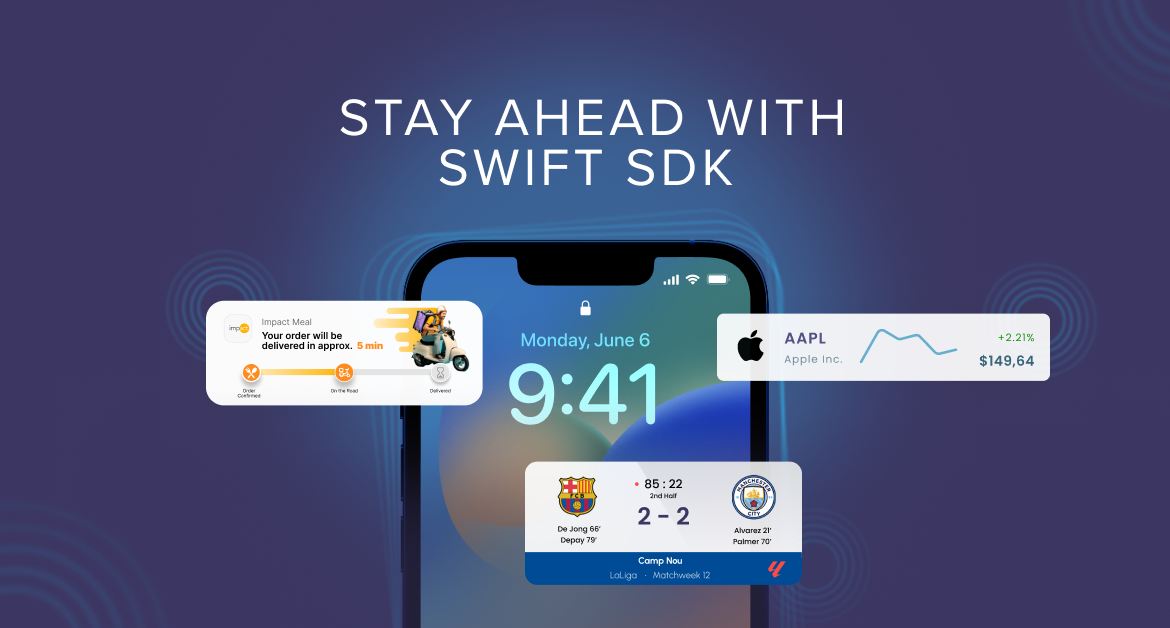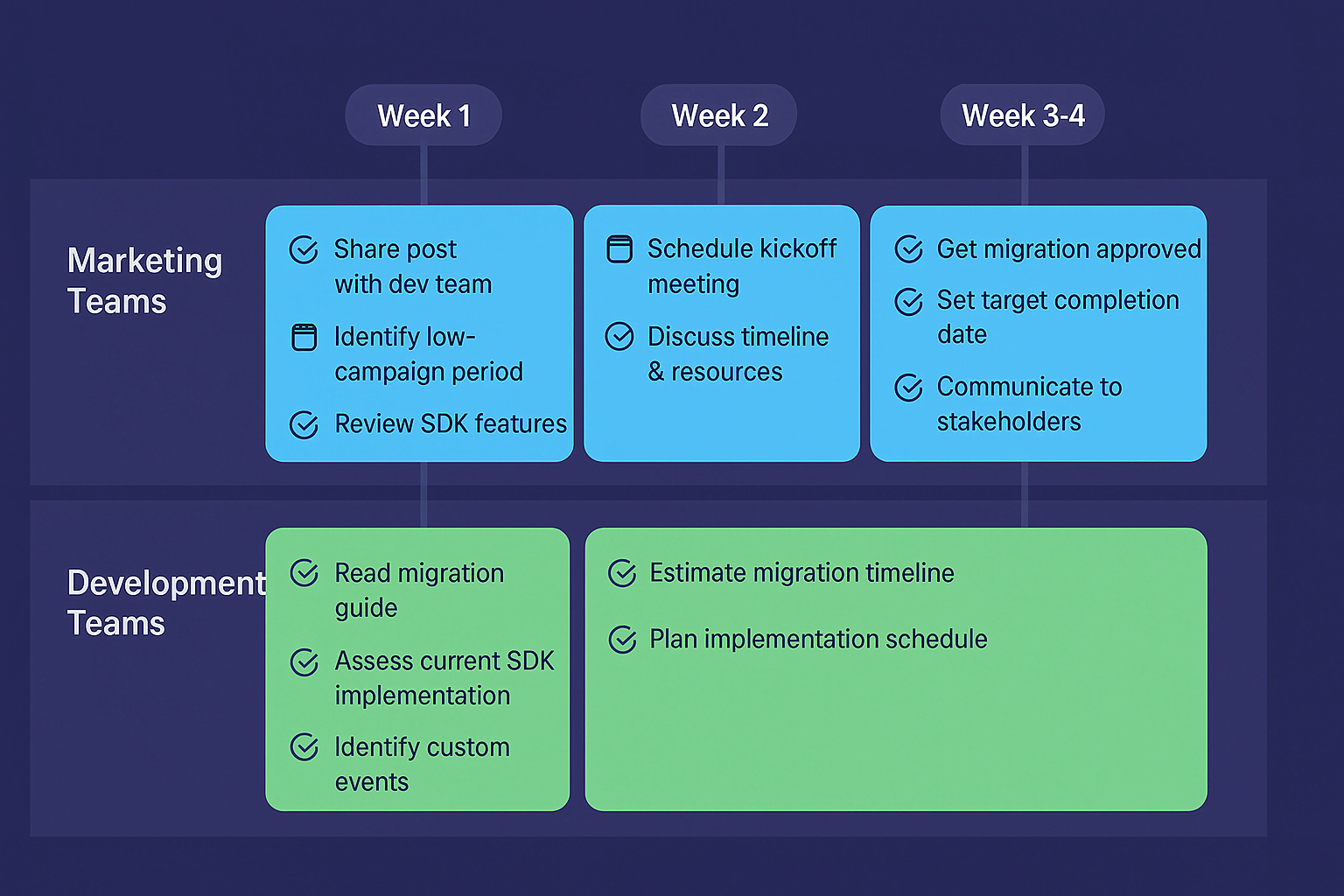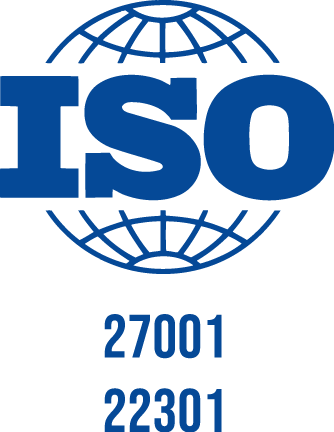
We’re upgrading our iOS SDK to strengthen how you connect and engage with your customers.
This migration keeps you connected to what Apple builds for iOS and what your customers expect from mobile experiences. Lock screen notifications, WhatsApp campaigns, deferred deep linking and a faster performance. These capabilities stay accessible when you migrate to the Swift SDK.
The Objective-C SDK becomes legacy on October 8, 2026. New iOS features release only on Swift, and migrating positions your team to launch new iOS engagement features Apple introduces going forward.
Mobile engagement capabilities available through Swift
Live activities: Instant updates on lock screens
Live Activities let you reach your customers on their lock screens with order status, payment confirmations, and delivery alerts.

Building Live Activities from scratch takes months of developer work. Netmera’s prebuilt tools let your team implement them in hours. Your marketing team moves faster without waiting on engineering resources. These real-time messages require the Swift SDK, and migrating brings this capability to your campaigns.
WhatsApp campaigns through SDK integration
WhatsApp works as a high-engagement channel where customers check messages constantly. The transition to Swift SDK makes WhatsApp integration more reliable with the SDK’s cleaner architecture and better maintenance. This means more consistent campaign delivery and simpler troubleshooting when you need it.WhatsApp is one of Netmera’s newest channels, and our partners are already using it to recover abandoned carts, send payment alerts, and deliver time-sensitive offers. See what you can build with WhatsApp campaigns.
Deferred deep linking for smoother user acquisition
This mobile app SDK feature reduces drop-off in user acquisition campaigns. When a customer clicks an ad for a specific product, installs the app, and immediately sees that product, the path to purchase shortens.

We’ve seen a consistent pattern with marketing and product teams: they want deferred deep linking for owned channels like SMS and email, not just paid ads. They want to track attribution without asking developers to build custom links for every campaign. We built deferred deep linking to solve this. One link works across SMS, email, web popups, and QR codes. It adapts automatically whether the user has your app installed or needs to download it first.
How will these features affect mobile engagement in your sector?
Live Activities, WhatsApp campaigns, and deferred deep linking create specific opportunities based on your sector’s customer communication challenges.
E-commerce & retail
A customer orders a product online and checks your app multiple times daily for updates. With Live Activities, order status appears without opening the app: ‘Out for delivery. Arrives by 3 PM.’ Support tickets about delivery status decrease.

WhatsApp campaigns improve cart recovery. Send a personalized message with product images and a direct checkout link.
Deferred deep linking smooths new customer acquisition. A friend shares a product link. The recipient clicks, installs your app, and lands on that product page. The path from recommendation to purchase shortens.
Banking & Fintech
A customer’s payment gets declined. WhatsApp delivers a secure alert: “Payment declined. Update your card details here.” They see it immediately and act. Failed transactions decrease.
Live Activities show transfer status on lock screens: “Transfer processing” shifts to “Transfer complete. $5,000 sent to John Smith.” Customers get confirmation without logging in repeatedly.
Deferred deep linking works for pre-approved offers. Send an SMS to customers without your app. They click, install, and land directly on the loan application with information pre-filled. (Looking for more banking use cases? Check them on our website.)
Telecoms
Live Activities send data usage alerts as persistent notifications: “You’ve used 80% of your data. Upgrade now to avoid interruption.” Customers upgrade before hitting limits.

WhatsApp delivers retention offers based on usage patterns. The conversation happens in a channel customers check frequently.
Deferred deep linking supports acquisition campaigns. Non-customers click an SMS link, install your app, and land on the plan comparison page. Attribution connects campaigns to new activations.
These features work across other sectors too. Media companies send live sports scores to lock screens (just as our customer Mackolik does). Travel brands update flight status as it changes.
The pattern stays consistent: reach customers with timely information where they already look.
What else improves with the Swift SDK
Beyond the new engagement features, the Swift SDK improves campaign performance, app acquisition, and how efficiently your development team maintains the platform.
Performance improvements for smoother campaigns
The Swift SDK delivers faster and more reliable push notification delivery, which matters most for time-sensitive campaigns like flash sales, limited inventory alerts, or breaking news.
The modular architecture creates smaller app sizes. Users download faster. Fewer abandon the install process. Your app acquisition campaigns convert better because the technical barrier drops.
Technical benefits for development teams
Swift Package Manager handles SDK installation and updates automatically. No manual setup required. Enhanced diagnostics and monitoring capabilities improve troubleshooting efficiency. Development teams spend less time debugging and more time building features.
What iOS SDK migration means for your marketing operations
Existing campaigns, automations, and customer journeys run through Netmera continue operating during and after migration. Marketing teams don’t rebuild workflows or recreate segments. Campaign performance history stays intact. Customer data and profiles remain unchanged. Development teams handle the technical implementation. They update the SDK in your mobile app, test the integration, and update any custom event code. Swift Package Manager simplifies this process with automatic installation and updates.
The coordination happens in two focused phases: planning the migration timeline around your campaign calendar, and a testing period once implementation completes.
Securing resources for your Swift SDK migration
Teams often need to build a business case to get migration approved and prioritized. Different stakeholders in your organization care about different aspects of this update.
When you need approval or resources for migration, frame the value based on who you’re talking to.
For marketing leadership:
Your competitors are testing lock screen notifications and WhatsApp campaigns now. Migrating positions your team to execute these tactics throughout 2026 and beyond. The investment is 2-4 weeks of developer time for months of competitive advantage in mobile engagement.
For budget approvers:
Developer time (internal or agency) is a one-time cost measured against ongoing access to new features through the iOS Swift SDK. After October 8, 2026, staying on Objective-C means losing access to all future features.
For development teams (in-house or agency):
Swift Package Manager simplifies SDK installation and updates with no manual setup required. Netmera provides detailed migration documentation, and support is available throughout the process via support@netmera.com.
Getting Started: Your 30-Day Migration Roadmap
This roadmap serves as a guide, not a requirement. Your ideal migration window depends on your campaign schedule, development capacity, and business cycles. Adjust the timeline to fit your team’s priorities and resources.

For Marketing Teams
This week:
Share this post with your development team or agency. Identify your next low-campaign period for potential migration timing. Review Swift SDK features: Live Activities, WhatsApp campaigns, deferred deep linking.
Within two weeks:
Schedule a kickoff meeting with developers. Discuss timeline and resource availability. Review Netmera’s migration documentation together.
Within one month:
Get migration approved and scheduled. Set a target completion date. Q1 or Q2 2026 provides comfortable timing. Communicate the timeline to stakeholders.
For Development Teams
Start here:
Read Netmera’s Swift SDK migration guide. Assess your current Objective-C SDK implementation. Identify custom events that need code updates. Estimate your migration timeline based on your app’s complexity.
Key Migration Resources
Documentation:
Support:
- Email: support@netmera.com
Your Swift SDK Migration Questions Answered
No. New features release only on the Swift SDK. Your current Objective-C capabilities continue working, but access to new iOS engagement features requires migration to Swift.
1-2 weeks for standard implementations. 2-4 weeks for apps with extensive custom events.
The Swift SDK gives you access to Live Activities, WhatsApp campaigns, and deferred deep linking. It also provides access to every new iOS engagement feature Apple releases going forward.
Migration is supported with detailed documentation. Your agency receives the same guide and support access as in-house teams. Contact support@netmera.com for technical questions.
No. All customer data, segments, and performance history remain intact.
Yes. You can migrate gradually or all at once, whatever fits your team’s resources and timeline.
Burcu Ulucay
Content Marketing, Netmera
